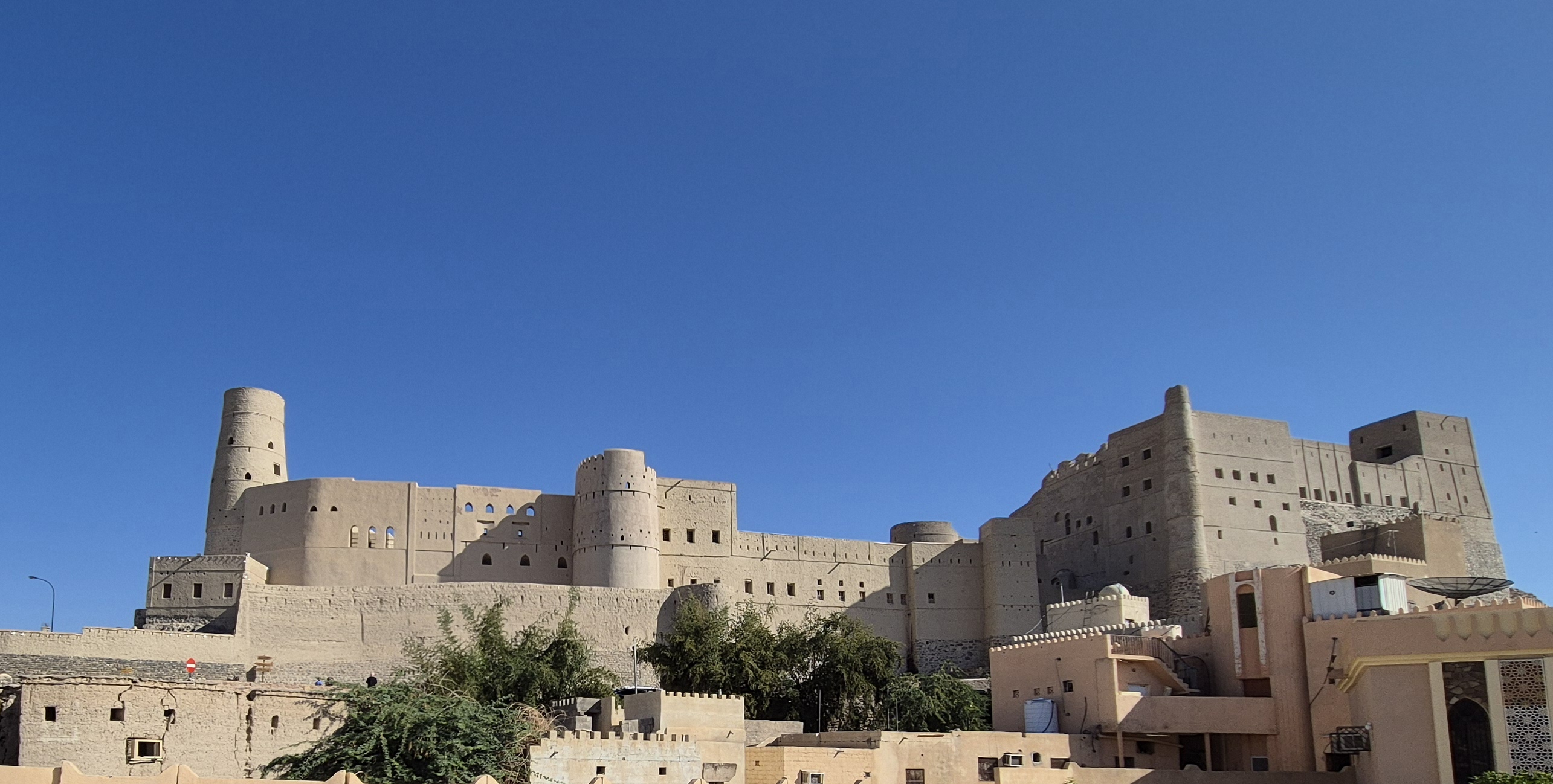Yes, most travelers need a visa to enter Oman. The type of visa depends on your nationality and length of stay.
- E-Visa: Many nationalities, including the US, UK, India, EU countries, Canada, and Australia, can apply for an e-visa through the official Royal Oman Police (ROP) website before arrival.
- Visa on Arrival: Some nationalities can obtain a visa on arrival at the airport, but it’s best to check if your country is eligible.
- GCC Residents: Citizens of Gulf Cooperation Council (GCC) countries (UAE, Saudi Arabia, Bahrain, Kuwait, Qatar) and some GCC residents with eligible professions can enter visa-free or with a special visa.
It’s recommended to check the latest visa regulations on the official ROP website before traveling.
